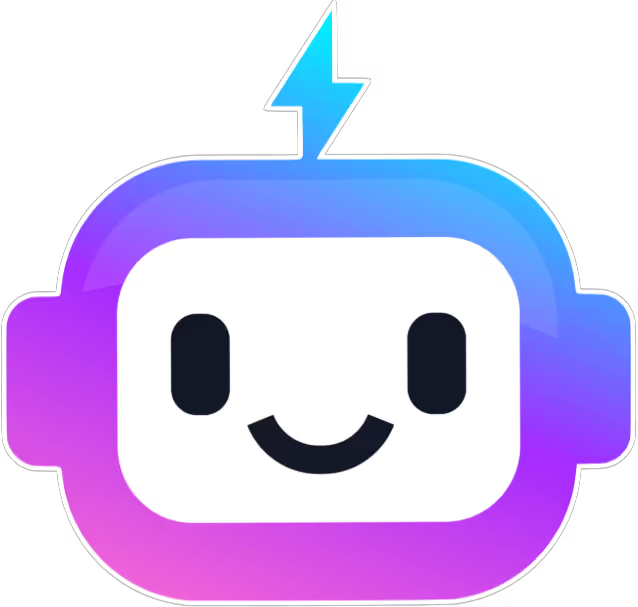What is customer service?
Customer service is support provided to help customers solve problems and improve their experience with a company.
What can customer service do?
It answers questions, resolves issues, and guides customers to use products or services effectively.
How does customer service work?
Customer service works by connecting customers with agents via chat, phone, email, or self-service options.
Is customer service easy to set up?
Yes, many tools offer simple setup with quick integration to start assisting customers fast.
Is customer service free?
Basic customer service tools often have free plans, but advanced features usually require a paid subscription.
What is the common customer service pricing?
Pricing typically ranges from $20 to $100 per user per month based on features and support levels.
What are the types of customer service?
Common types include phone support, live chat, email support, and self-service help centers.
Does customer service work with email?
Yes, most customer service solutions include email management for handling customer inquiries.
What are the best customer service tools?
Top tools include Zendesk, Freshdesk, Intercom, and Salesforce Service Cloud for efficient support.
What are common customer service integrations?
Popular integrations connect customer service with CRM, chat apps, email platforms, and analytics tools.

























